The founder of Ski-Doo – and, some would argue, recreational snowmobiling – will be posthumously honored for his inventive ways later this year. Interestingly, though, the proud Canadian will be inducted into the U.S.-based National Inventors Hall of Fame.
Joseph-Armand Bombardier certainly deserves high honors and accolades. His creative inventiveness, problem-solving skills and business acumen helped launch not just snowmobiling but the massive Bombardier corporation out of tiny Valcourt, Quebec.
For snowmobilers, his legend started at a very young age. When just 15, he and his brother mounted skis to Model T and then used a big propellor to drive it over snow – and directly into the family barn! Large over-snow vehicles would follow later, including the big, multi-passenger B7, B12 and C18 snow buses and utility vehicles.
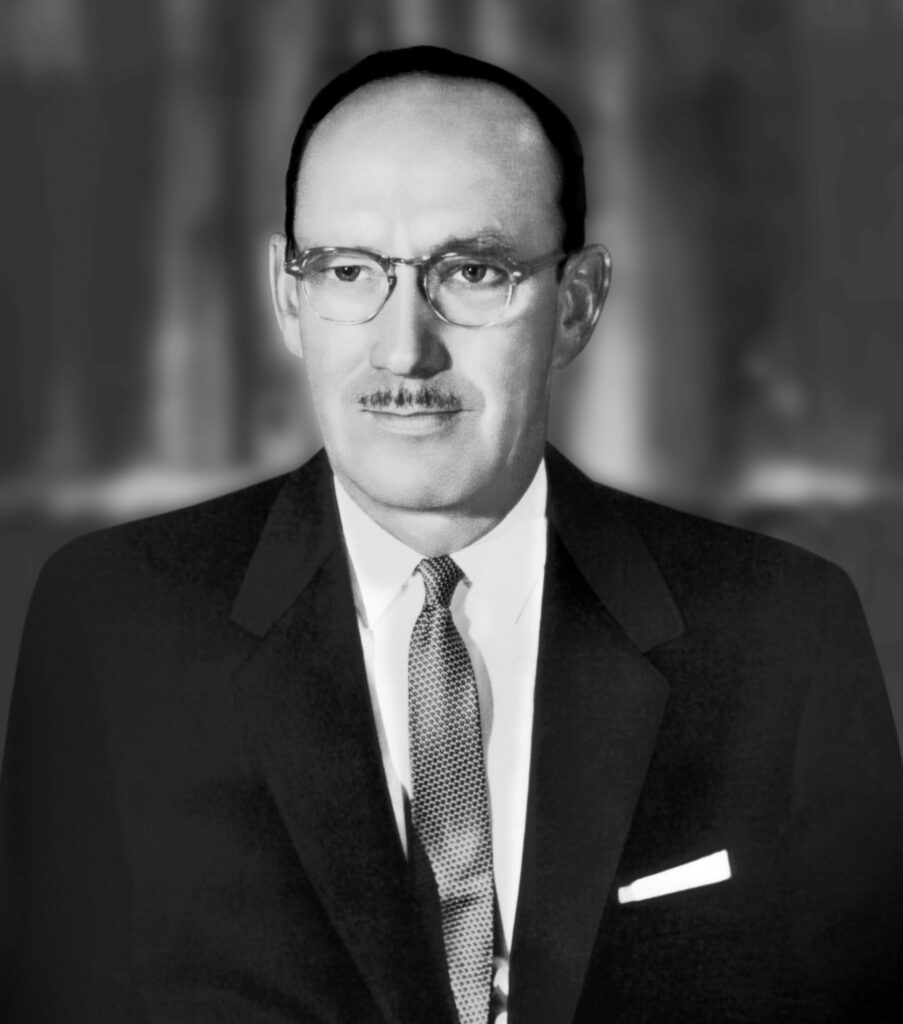
Ultimately, his inclusion in the National Inventors Hall of Fame is tied to U.S. Patent No. 3,023,824, which essentially laid out the single-passenger, front-engine snowmobile that was driven by an endless track.
It was one of 16 patents that Bombardier held in the U.S. That is how the Canadian is eligible for the U.S.-based national inventors hall, according to Ken Torisky, the senior P.R. coordinator for the hall.
See the press release below from the National Inventors Hall of Fame to see the brainiacs who will be joining Bombardier in the Class of 2024 in May. All of them seem to have interesting stories, as you’d suspect. But we’re most drawn to refreshing our knowledge on Bombardier. Check out the bio the Hall put together on Bombardier – it’s well done.
National Inventors Hall of Fame Announces DNA Sequencing and Snowmobile Innovators Among 2024 Class
Announcement Event Held at Walt Disney Imagineering Campus
GLENDALE, Calif. — Jan. 18, 2024 — Fifteen innovation pioneers whose inventions range from cancer treatments to theatrical technologies and special effects will be honored in the 2024 class of National Inventors Hall of Fame® Inductees. The class was announced Wednesday evening at the Walt Disney Imagineering campus in Glendale.
In partnership with the United States Patent and Trademark Office (USPTO), the Hall of Fame will honor these Inductees on May 9 at one of the innovation industry’s most highly anticipated events — “The Greatest Celebration of American Innovation®.”
“Every year, I am impressed and inspired by the accomplishments of the newest Inductees in the National Inventors Hall of Fame,” said Kathi Vidal, Under Secretary of Commerce for Intellectual Property and Director of the USPTO. “We are proud to honor these world-changing inventors in the class of 2024, who show us the power of turning ideas into realities and participating in our intellectual property system to make a positive impact on our society and our future.”
THE CLASS OF 2024
• James Allison: Immune Checkpoint Blockade Therapy
James Allison invented immune checkpoint blockade therapy. His pioneering work in the field of immunology brought immunotherapy into mainstream medicine as an effective treatment for cancer.
• Shankar Balasubramanian and David Klenerman: Sequencing-by-Synthesis (SBS)
Shankar Balasubramanian and David Klenerman co-invented Sequencing-by-Synthesis (SBS), a Next Generation DNA Sequencing (NGS) method that made possible efficient, low-cost and large-scale genome sequencing. Enhancing our understanding of life, SBS has enabled applications in genomics, medicine and biology.
• Eric Betzig and Harald Hess: Photoactivated Localization Microscopy (PALM)
Eric Betzig and Harald Hess co-invented a super-resolution imaging technology called photoactivated localization microscopy (PALM), enabling scientists to distinguish individual molecules, and study biological structures and processes with unprecedented resolution.
• Andrea Goldsmith: Adaptive Beamforming for Multi-Antenna Wi-Fi
Andrea Goldsmith created technical innovations including adaptive beamforming for multi-antenna Wi-Fi, which have shaped the performance of wireless networking and enabled fast, reliable wireless service around the world.
• Asad Madni: MEMS Gyroscope for Aerospace and Automotive Safety
Asad Madni led the development and commercialization of the MEMS gyroscope for aerospace and automotive safety. Commercialized as the GyroChip and first applied in the aerospace and defense industries, the technology has saved lives around the world through its use in aircraft and passenger vehicles.
• Lanny Smoot: Theatrical Technologies and Special Effects
Disney Imagineer Lanny Smoot is the patent leader, with over 100 patents, at The Walt Disney Company. He has developed many special effects, interactive experiences, new ride vehicle and robotic concepts, and other technological advancements for Disney’s theme parks, attractions, resorts hotels and cruise ships, creating magical guest experiences and driving innovation for future attractions.
• Xiaowei Zhuang: Stochastic Optical Reconstruction Microscopy (STORM)
Xiaowei Zhuang introduced one of the most widely used methods of super-resolution imaging — stochastic optical reconstruction microscopy, or STORM. This technique, which overcomes the diffraction limit of light microscopy to produce images with higher resolution, is used to investigate biological systems and processes.
• Joseph-Armand Bombardier: Snowmobile (Posthumous)
Joseph-Armand Bombardier invented the Ski-Doo® snowmobile. The first mass-produced snow machine, it set industry standards and launched snowmobiling as a sport and recreational activity.
• George Washington Murray: Agricultural Machinery (Posthumous)
George Washington Murray invented agricultural machinery designed to accelerate planting and harvesting processes. He also served in the U.S. Congress and advocated for greater recognition of his fellow Black inventors.
• Mary Florence Potts: Cold-Handle Sad Iron (Posthumous)
Mary Florence Potts invented an improved sad iron, which was lighter and offered a cooler, more ergonomic handle. It was widely commercialized as an easier, safer solution for ironing clothing and linens.
• Alice Stoll: Fire-Resistant Fibers and Fabrics (Posthumous)
Alice Stoll, a research physiologist and pioneer in aerospace medicine, led the development of fire-resistant fabrics. Her work made it possible to rate materials by their ability to protect from thermal burns and demonstrated that fabric could be constructed with fire-resistant fibers.
• Jokichi Takamine: Adrenaline (Adrenalin®) (Posthumous)
Chemist and entrepreneur Jokichi Takamine was a biotechnology pioneer whose research led to the use of adrenaline in medicine. Also known as epinephrine, adrenaline is widely used for many applications, including the treatment of anaphylaxis and cardiac arrest.
• Ralph Teetor: Cruise Control (Posthumous)
Automotive engineer Ralph Teetor invented cruise control. Originally limited to luxury vehicles, this speed control technology has become a standard feature providing greater ease in driving, safety, as well as fuel efficiency benefits.
For biographies of each Inductee, visit https://www.invent.org/inductees/new-inductees.
THE CELEBRATION
The 15 Inductees in the class of 2024 will be honored at “The Greatest Celebration of American Innovation,” held in our nation’s capital. Humorist, journalist and podcast host Mo Rocca will serve as emcee for the event.
May 8 – Illumination Ceremony at the National Inventors Hall of Fame Museum at the USPTO Headquarters in Alexandria, Virginia, where new Inductees will place their names on illuminated hexagons in the museum’s Gallery of Icons™.
May 9 – The 2024 National Inventors Hall of Fame Induction Ceremony will be held at The Anthem in Washington, D.C., where the new Inductee class will be honored for its contributions to society during an evening event including a black-tie dinner and ceremony. To learn more about the event, visit https://www.invent.org/induction.
“For more than 50 years, the National Inventors Hall of Fame has proudly recognized extraordinary creators and innovators,” said CEO Michael Oister. “The stories of our class of 2024 — and their world-changing inventions as diverse as cancer treatments, imaging technology, agricultural machinery and the snowmobile — will be incorporated into our children’s invention education programs such as our summer and afterschool programs Camp Invention and Invention Project. These programs tap into innate problem-solving skills of educators and students through high-energy, interactive STEM experiences.”
About the National Inventors Hall of Fame
The National Inventors Hall of Fame is the premier nonprofit organization in America dedicated to recognizing inventors and invention, promoting creativity, and advancing the spirit of innovation and entrepreneurship. Founded in 1973 in partnership with the United States Patent and Trademark Office, the Hall of Fame is committed to not only honoring the individuals whose inventions have made the world a better place, but to ensuring American ingenuity continues to thrive in the hands of coming generations through its national, hands-on educational programming and collegiate competitions focused on the exploration of science, technology, engineering and mathematics. For more information, visit invent.org. To nominate an inventor for Induction, visit invent.org/nominate.


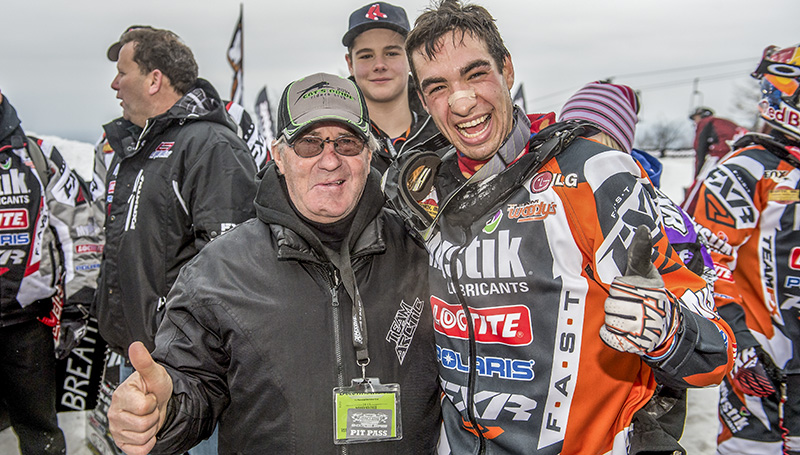
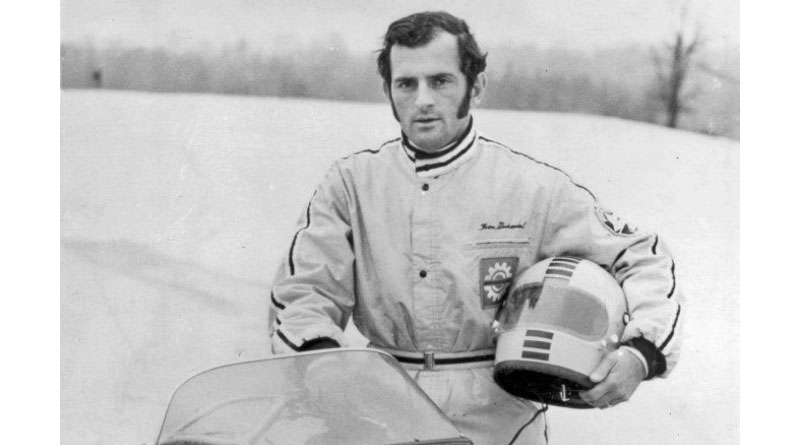
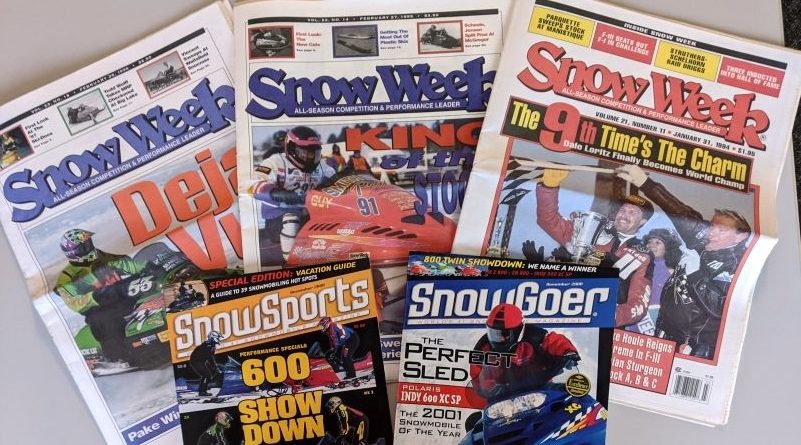

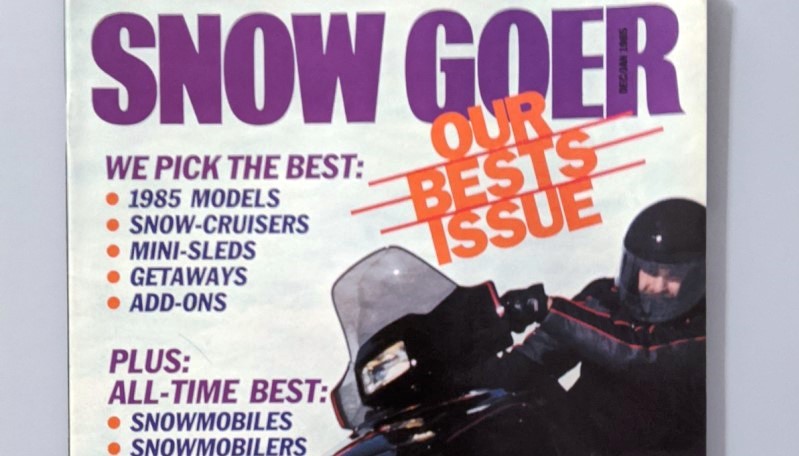
Great man and good product but Polaris is the real first modern sled for recreational purposes it is also the oldest snowmobile company with first model in 1954. Ski-Doo is not the first modern recreational snowmobile.
The “first” snowmobile is and always has been hotly debated — do you give credit to Carl Eliason from the 1920s? J. Armand’s earliest stuff in the 1920s? There are claims from inventors from Michigan, Manitoba, South Dakota, Alaska, New Hampshire, Saskatchewan, Russia, Sweden, France… When you add the word “recreational” in there, it gets further jumbled. Is a rear-engine sled recreational? Depends on how you define recreation, and what your expectations of recreation are. But, per your comment, David Johnson and crew didn’t take the first Polaris sled for its maiden voyage until January 10, 1956, not 54. In 1954, the boys were still focused on straw choppers.
Polaris first model year is 1954 says so on all Polaris material and on various caps I have with their anniversary that is why 2024 is 70th anniversary.